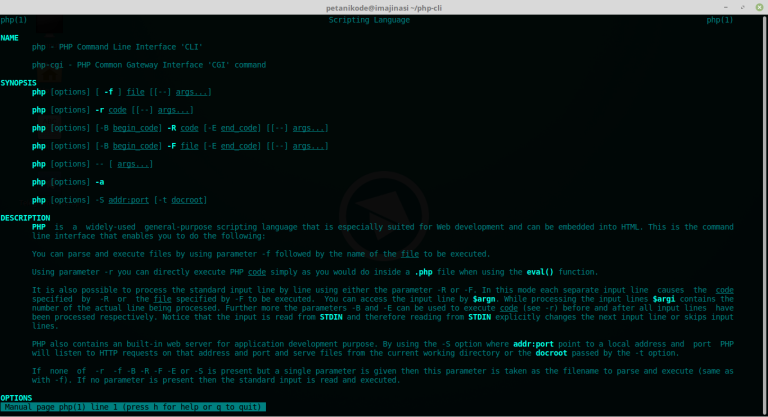Below are simple examples of a login functionality in C#, Java, and Golang. Note that these are very basic examples for educational purposes and may not include secure practices such as password hashing, authentication tokens, etc. Real-world login systems should prioritize security measures.
C# Login:
using System;
class Program
{
static void Main()
{
Console.Write("Enter username: ");
string username = Console.ReadLine();
Console.Write("Enter password: ");
string password = Console.ReadLine();
if (AuthenticateUser(username, password))
{
Console.WriteLine("Login successful in C#");
}
else
{
Console.WriteLine("Login failed. Invalid credentials.");
}
}
static bool AuthenticateUser(string username, string password)
{
// Add your authentication logic here (e.g., check against a database).
// This is a simplified example for educational purposes.
return username == "example" && password == "password";
}
}Java Login:
import java.util.Scanner;
public class LoginExample {
public static void main(String[] args) {
Scanner scanner = new Scanner(System.in);
System.out.print("Enter username: ");
String username = scanner.nextLine();
System.out.print("Enter password: ");
String password = scanner.nextLine();
if (authenticateUser(username, password)) {
System.out.println("Login successful in Java");
} else {
System.out.println("Login failed. Invalid credentials.");
}
}
static boolean authenticateUser(String username, String password) {
// Add your authentication logic here (e.g., check against a database).
// This is a simplified example for educational purposes.
return username.equals("example") && password.equals("password");
}
}Golang (Go) Login:
package main
import (
"fmt"
"os"
"bufio"
"strings"
)
func main() {
reader := bufio.NewReader(os.Stdin)
fmt.Print("Enter username: ")
username, _ := reader.ReadString('\n')
username = strings.TrimSpace(username)
fmt.Print("Enter password: ")
password, _ := reader.ReadString('\n')
password = strings.TrimSpace(password)
if authenticateUser(username, password) {
fmt.Println("Login successful in Golang")
} else {
fmt.Println("Login failed. Invalid credentials.")
}
}
func authenticateUser(username, password string) bool {
// Add your authentication logic here (e.g., check against a database).
// This is a simplified example for educational purposes.
return username == "example" && password == "password"
}These examples demonstrate a basic console-based login system in each language. In a real-world scenario, you would integrate this authentication logic with a secure backend server and use proper security practices for handling user credentials.

















